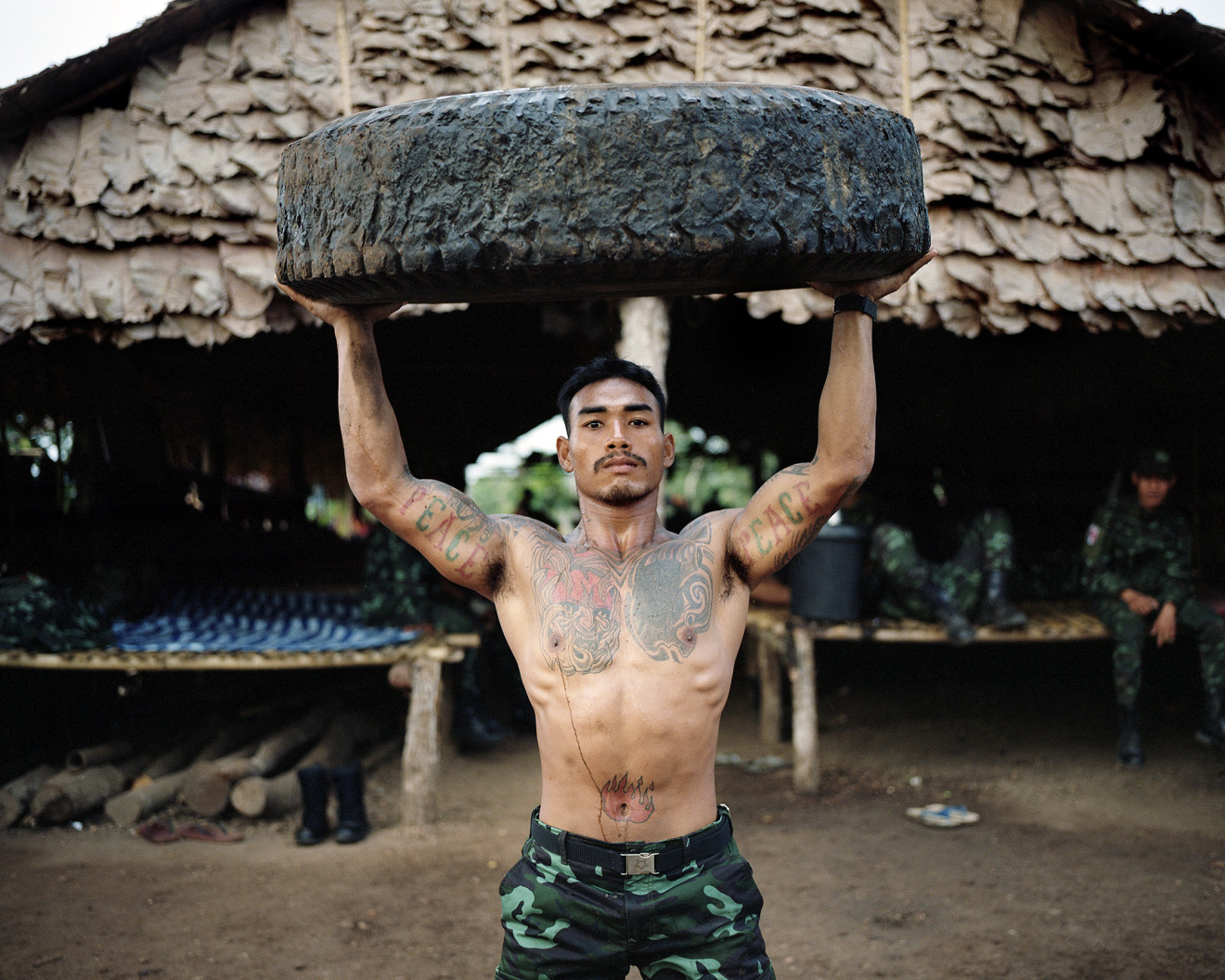
About the Exhibition
The exhibition Documenting Myanmar’s Revolution centres around Bryan Dickie’s photography from his recently published photo book covering Myanmar’s ongoing civil war. The work focuses on civilians who joined together to form an opposition army dubbed the ‘People’s Defence Force’ who are actively fighting an entrenched military regime that forcibly took control of the country in February 2021.
The exhibit includes an artist talk and a conversation with members of the revolutionary civilian army. Copies of the book will be available for purchase, with all proceeds going directly back to the People’s Defence Force.
About People’s Defence Force (PDF)
On February 1st, 2021, Myanmar experienced its third coup in just under six decades. After the country’s largest opposition party to the military government, the National League for Democracy, won 930 of 1117 seats in the parliament, the highest number of seats ever achieved by the political party, the country’s leading General, Min Aung Hlaing, sent in his troops. In pre-dawn raids, the military fanned out across the country, rounding up the newly elected parliamentarians a day before they were to take their seats. After weeks of countrywide demonstrations and general strikes, civilians began to travel to border regions in search of military training from the ethnic armed organizations fighting the government for over seven decades. What was born out of this mass exodus is now known as the People’s Defence Force, a grassroots conglomerate of people’s militias tied together to oust the military government and reinstall democracy in their country.
Exhibition Gallery
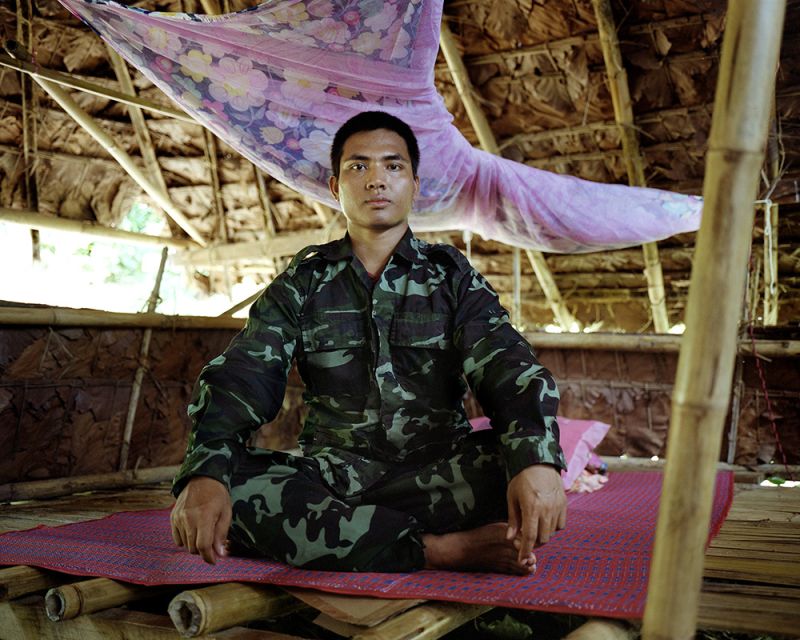
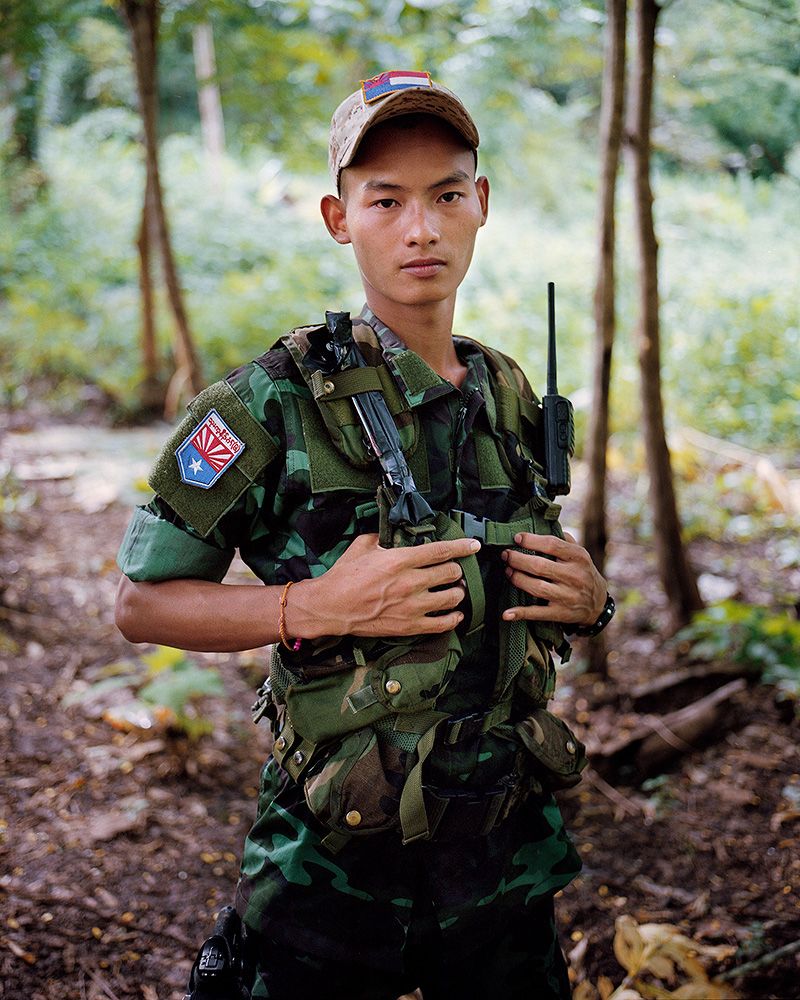

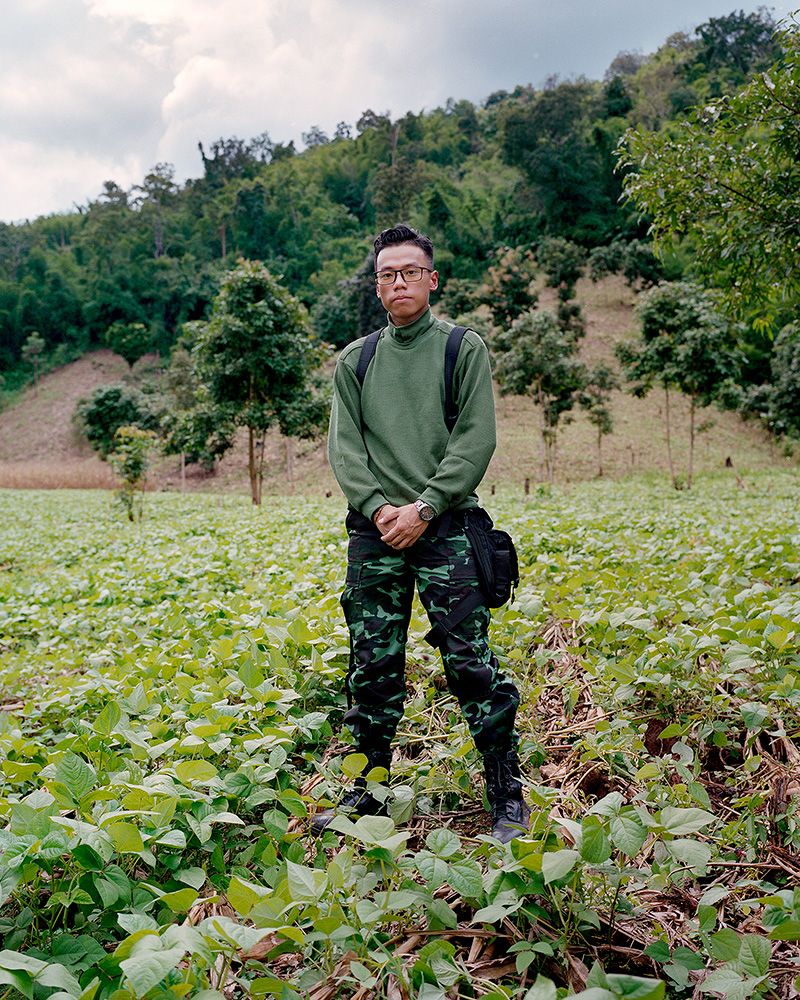
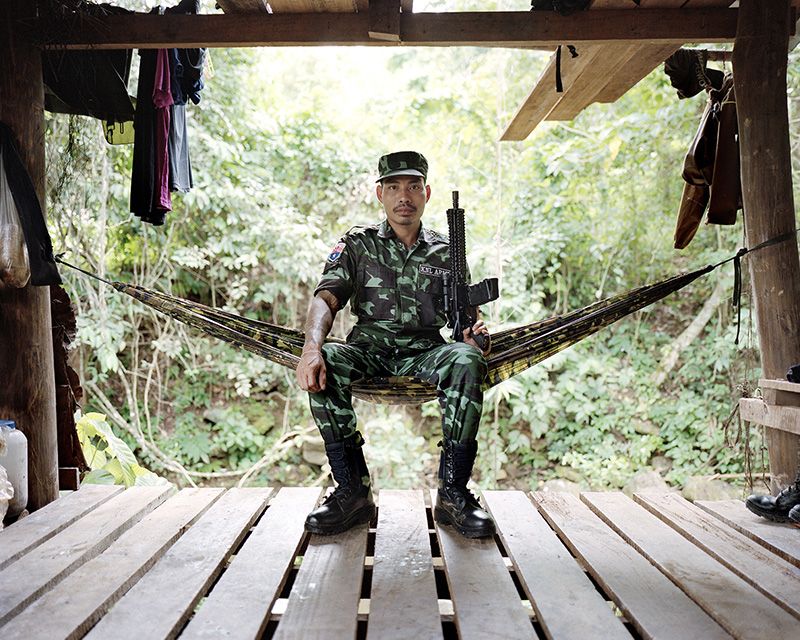
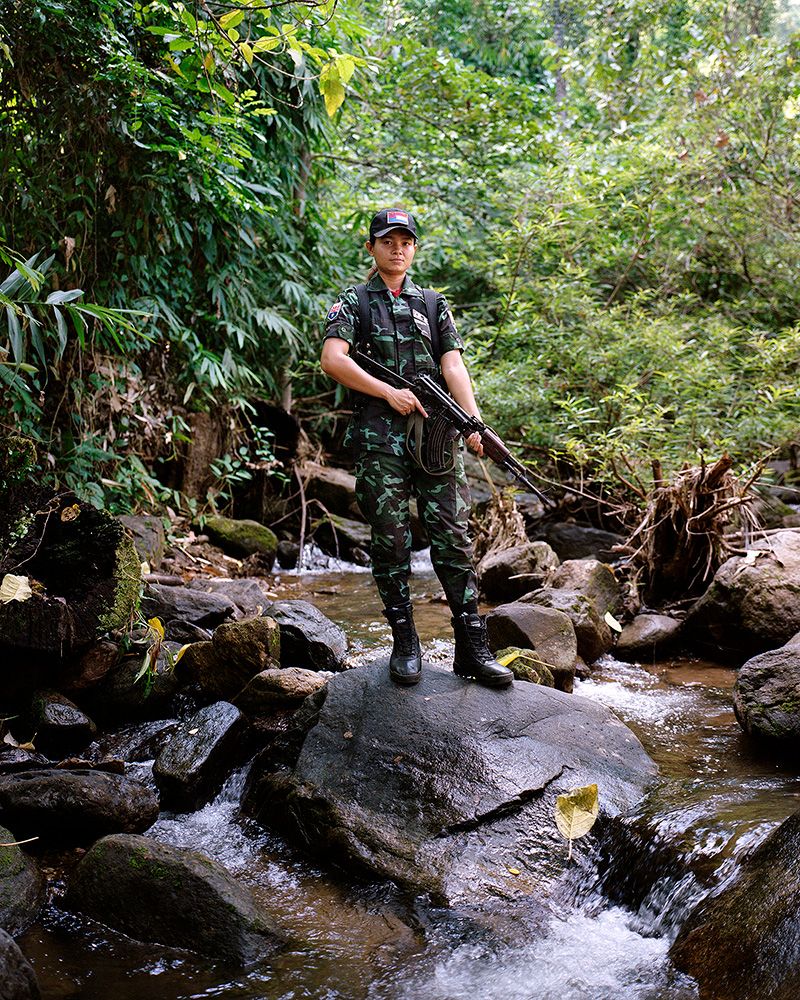

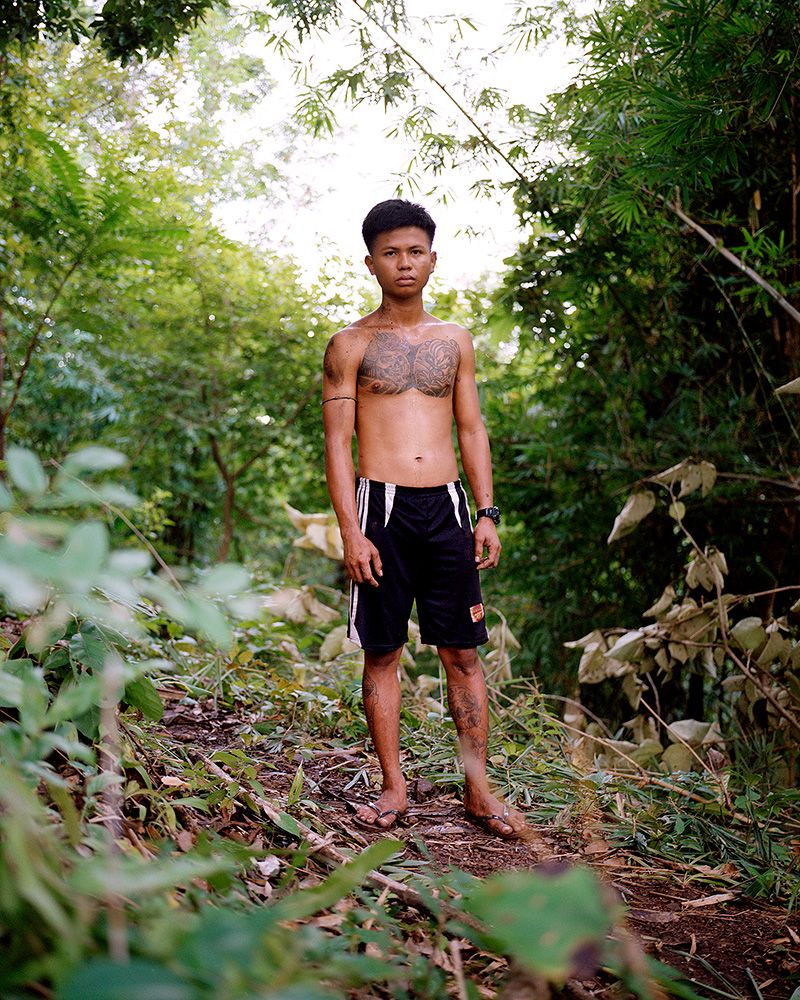
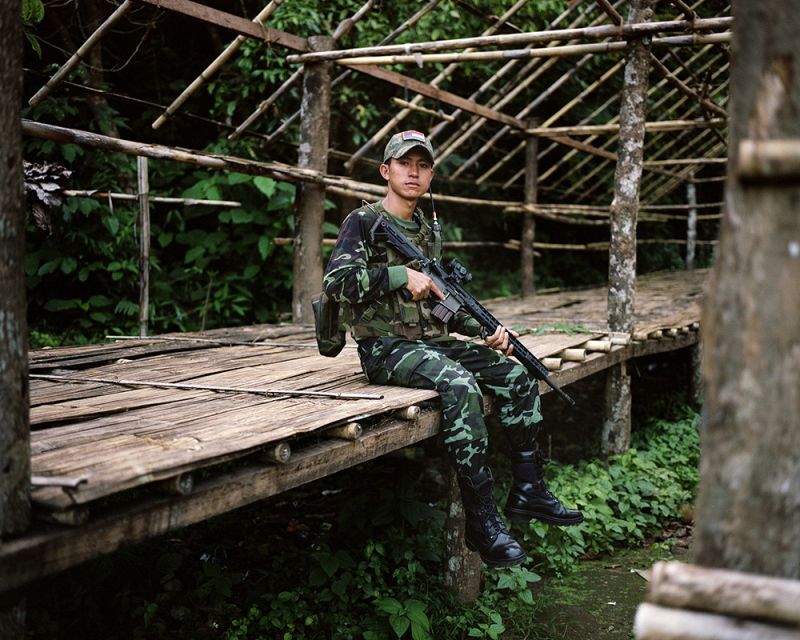
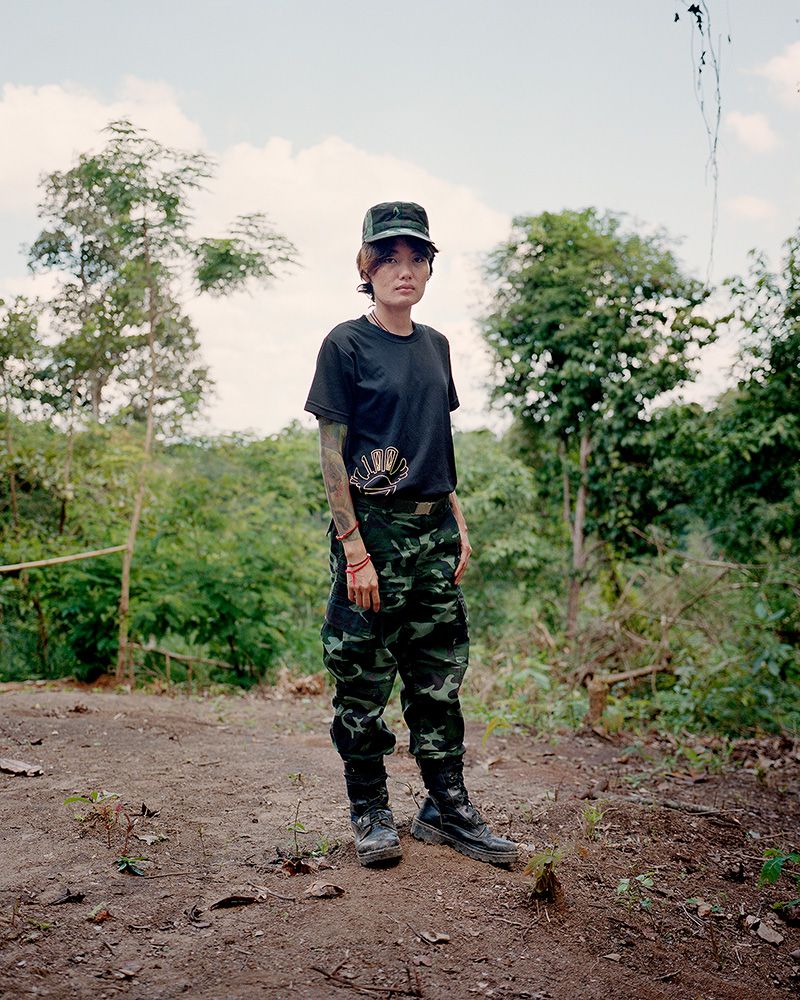


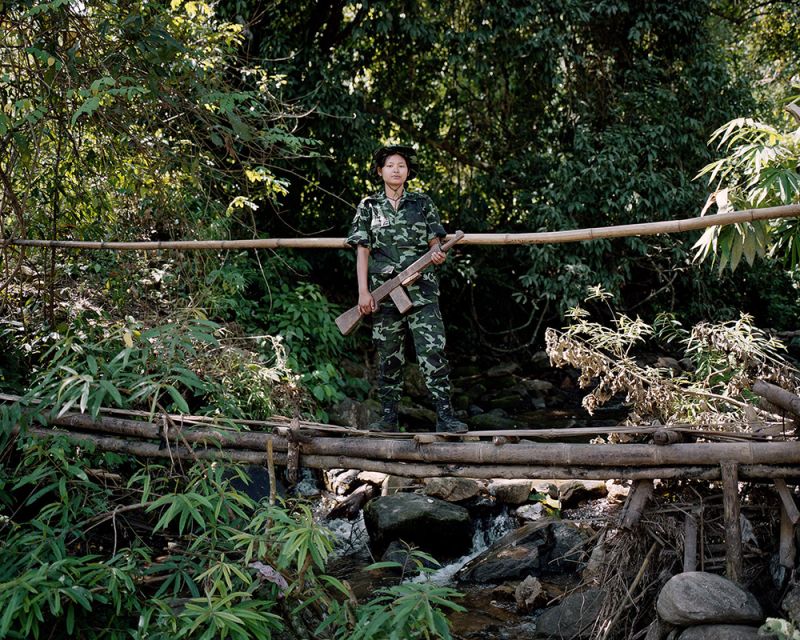

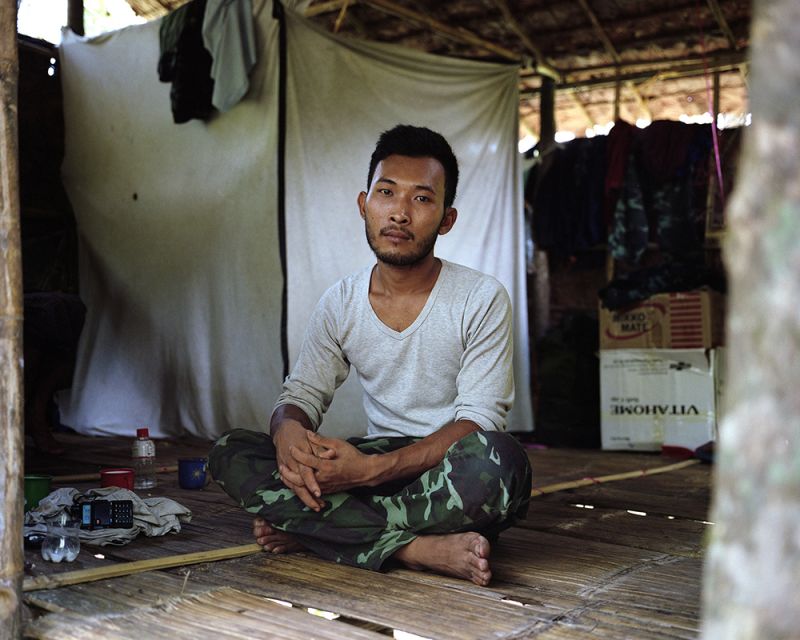

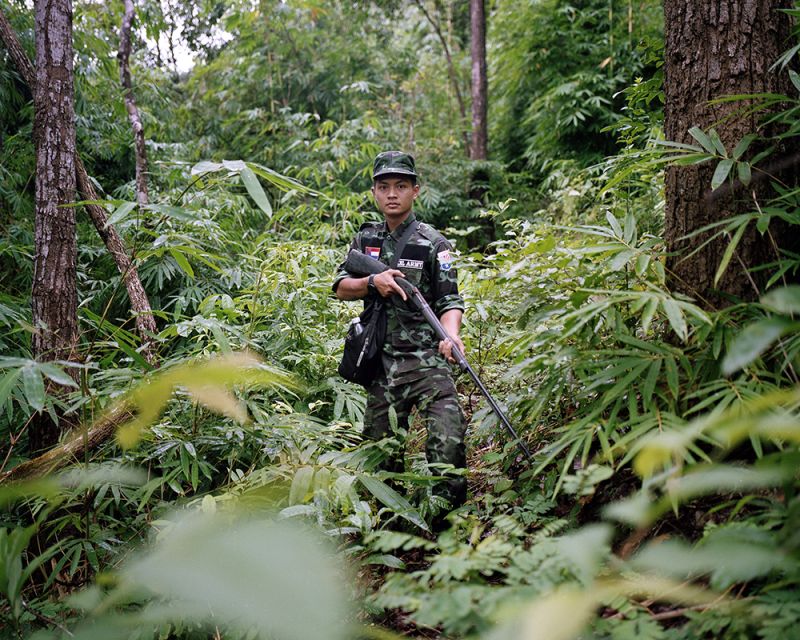

About the Soldiers
Lay Hnin was fighting in the Myanmar Military when he was hit by a mortar while carrying a wounded comrade to safety. Lying in a hospital bed recuperating from his wounds, his childhood friend convinced him that he was fighting on the wrong side, and he agreed to join the PDF. Lay Hnin is now in the jungle, being trained as a PDF soldier by the same ethnic armed group that hit him with a mortar only a few months prior.
One of the defence line leaders, Bone, participated in the demonstrations across Myanmar after the military took control of the nation. While on the front lines of the demonstrations, Bone was shot through the leg by security forces.
Bo Phyu’s dream was to live a simple life as a monk and teach others the path of the Buddha. In 2007, Myanmar saw the saffron revolution, where monks took to the streets in their robes to protest the military dictatorship. Bo Phyu recognized that protesting could only take you so far when fighting a military government, so he decided to take the next step and join the armed revolution.
Khaw Khaw has led the demonstrations in Yangon from the beginning. Using fireworks to attack police and the military, all while filming his escapades on a GoPro, Khaw Khaw became a celebrity of the revolution. International media, including The New York Times, picked up his footage, which gave the world a front-row seat to Myanmar’s revolution after the military shut down the local press and barred any foreign journalist from entering the country. Khaw Khaw was one of the first leaders to organize the protesters into battle groups, attacking military and police positions with fireworks and air cannons. The Myanmar demonstrators noted successful protests occurring in Hong Kong and began eagerly duplicating the tactics. Dousing tear gas with water, using lasers, pylons, and blinding surveillance cameras are a few examples.
Tiger is one of the many civilians who travelled to Myanmar’s border regions to join the revolution as a PDF volunteer. Various ethnic armed organizations (EAO), such as the Karen National Liberation Army (KNLA), train those who arrive in the border regions hoping to topple the military regime. Myanmar is a deeply divided nation fractured by ethnic and religious differences. Most PDF recruits in the southern camps are ethnically Burmese, comprising most of the country’s urban populations. Having major EAOs train and organize the different PDF groups, Myanmar is experiencing a level of cooperation not normally seen among the various ethnic and religious groups, usually at odds with one another.
When the coup occurred, government workers across Myanmar started the Civil Disobedience Movement (CDM), a call for government workers to strike in protest of the coup. Phyu Phway was an active member of the police force when she joined the CDM, which painted a large target on her back and began a search for her arrest.
A proud member of the National League for Democracy (NLD), Yar Zar was elated to see his party win three hundred and ninety-six of the four hundred and ninety-eight contested seats in the parliament, the most the NLD had won in history. Ready to leave politics behind, Yar Zar was excited to spend the rest of his life as a happy family man. After the coup took place, Yar Zar’s dreams of a peaceful family life were broken. Now he cries when talking about the wife he divorced to come to the jungle and fight.
Sit Niang and his three brothers came to the jungle with one goal: to topple the military government. The brothers arrived at the camp with the first wave of recruits when it was just a small clearing in the jungle. They helped transform the small outpost into one of the largest PDF training centres in the region and are now lending support and funding to smaller and less experienced PDF camps. Now the brothers are all experienced members of the PDF who are tasked with training the recruits that constantly flow into the camp seeking military training.
As a new husband and the eldest of four brothers in a household without a father, Phoe Tae had a lot of responsibility resting on his shoulders. When the coup occurred on February 1st, he and his three brothers and ageing mother agreed that fighting the new military government was the only conscious thing to do. Phoe Tae’s wife and her family were not as enthusiastic about him leaving to fight a war and felt he should stay home to provide for his new family. He saw freedom in his country as the seed of progress for future generations, so Phoe Tae had to make one of the hardest decisions of his life. Lying to his wife, telling her that he was travelling to his mother, Phoe Tae and his three younger brothers made their way to the secret jungle camps that train civilians into revolutionary soldiers.
Stoner was never interested in following the ‘usual’ path and listening to what others thought she should do. There were no hesitations when the chance arose for Stoner to fight for her country’s freedom. She was in the camp and training before her mother knew she had joined the PDF.
A revolutionary to his core, Ser Mon Way welcomed the chaos that enveloped his country following the military coup. He hoped this was when his people would be awoken to the dystopian nightmare he saw his country anguishing in even during the democratic NLD era. Nothing short of total civilian control of the country would be a failure in the eyes of the idealistic Ser Mon Way.
The military government has been barring state-run hospitals from providing medical care to anyone on the side of the revolutionaries. Recruits who have medical training are in high demand in the PDF. Kelvin was lucky enough to have medical training from working as an engineer on an international cargo. While on the front lines of the protests, Kelvin single-handedly pulled 80 bullets out of protesters.
Mal Shar is the youngest of a highly traditional military household. Joining the PDF almost tore her family apart. Mal Shar’s stubborn nature wouldn’t allow any compromise to her morals.
As an ethnic Karen, Saw Sar Mue has been discriminated against his entire life. He comes from a long line of revolutionaries, and his family has been actively fighting the military regime for multiple generations. At age twenty, he joined the KNLA and defended his people against an invading state military for the next three years. Two decades later, he is back in the jungle, passing his knowledge to the next generation of revolutionaries.
Thet Paing spent three years in Myanmar’s military before he defected to join the various EAOs actively fighting the state government around the country. He is acutely aware of how deadly Myanmar’s military can be.
Dreaming for his nation’s future, P dedicated his life to studying how to improve Myanmar’s living standards. After the coup, he decided that armed revolution was the only way to wrestle back the progress the military had seized overnight.
Kyaw Gyi loves his family more than anything in this world. His childhood dream was to become a doctor to cure his mother of her ailments. After his mother passed away when he was fourteen, Kyaw Gyi dropped out of school to support his family. Now he is in the jungle fighting for his country’s freedom.
Scorpio (aka SC-101045) joined the PDF as a regular recruit, and within 47 days, he was appointed camp leader. The successful businessman could have waited out the coup with his wife and children in relative safety due to his business and political ties. Instead, he hid his family away with relatives in a distant state and went to the jungle to fight the military who stole his country’s democracy.
All images were taken in October 2021 at a secret Peoples Defence Force training camp in Karen State, Myanmar. All names used are nicknames to ensure the safety of the family and friends of the subject.
For new and emerging perspectives on Burma/Myanmar during its current period of political and economic transition, please visit the Tea Circle forum.
Events
Project Presentation
September 22, 2023, 7-9 pm
Debates Room (2034), Hart House
Bryan Dickie and Aung Myat Phone will discuss the recent events in Myanmar and Bryan's recently published photo book covering Myanmar’s ongoing civil war. The book focuses on civilians who joined together to form an opposition army dubbed the ‘People’s Defence Force’ who are actively fighting an entrenched military regime that forcibly took control of the country in February 2021.
Artist
-
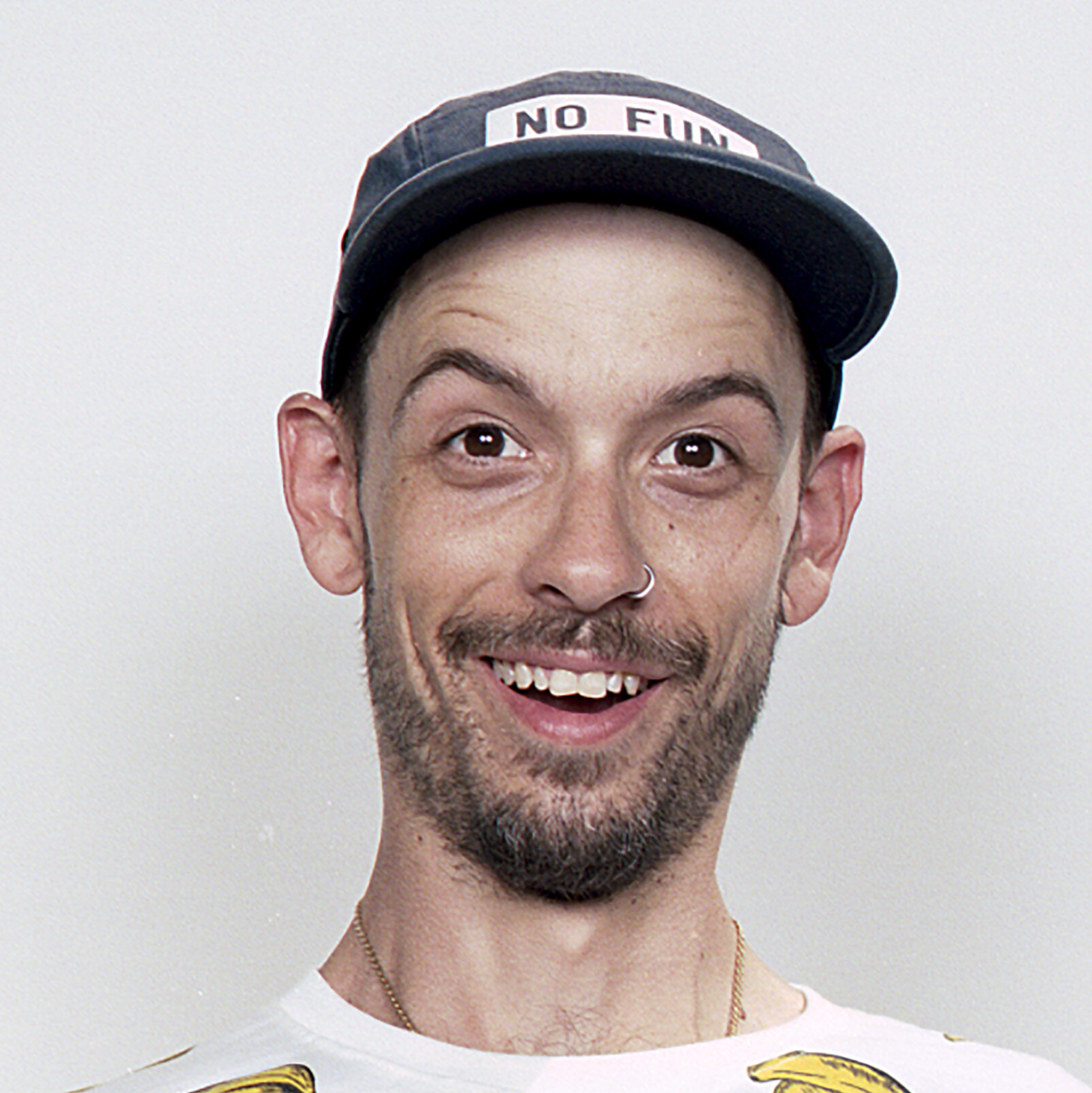
Bryan Dickie
Photographer
Bryan Dickie is a Canadian-based editorial photographer interested in exploring humanity’s enigmas. Using his camera as a portal into people’s lives, Bryan has used photography as a tool to understand the world around him. In 2010, on a whim, Bryan decided to travel to Myanmar and serendipitously stumbled upon a historical moment that saw Aung San Suu Kyi released from house arrest after fifteen years of sporadic detention. The people’s excitement at their country’s transition resonated with Bryan on an extremely ephemeral level and sparked a relationship with the people of the South Asian Nation. Over the next decade, Bryan would be lucky enough to travel to the far reaches of Myanmar to photograph and interview refugees, child soldiers, warlords and various leaders of the many ethnic armed organizations that are still active throughout Myanmar today.
Website
Organizers
Uof T Myanmar Culture Club

